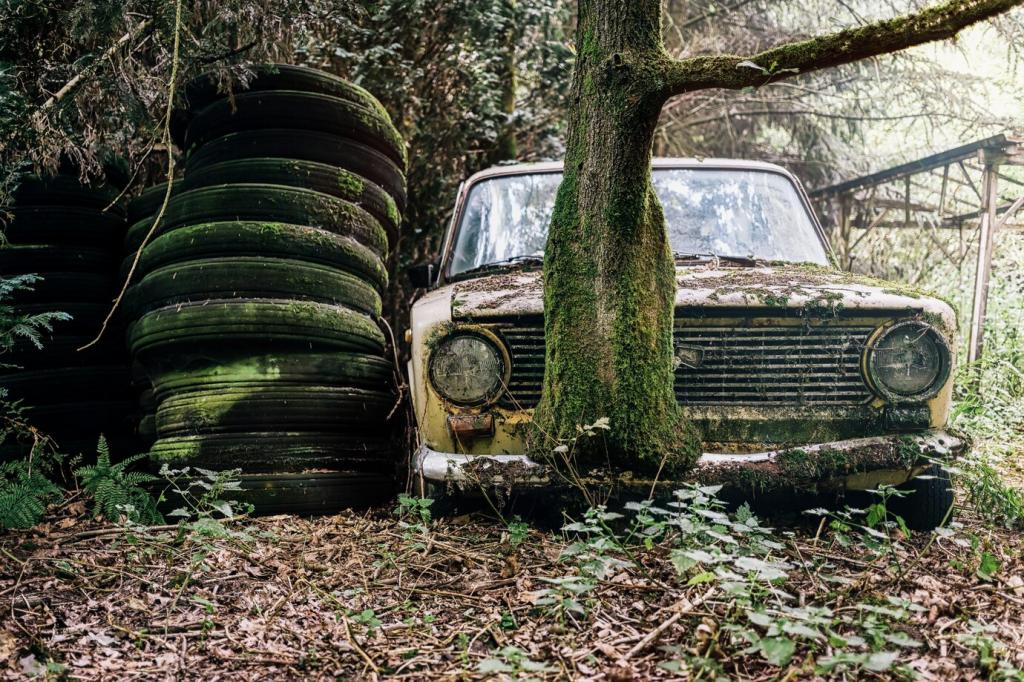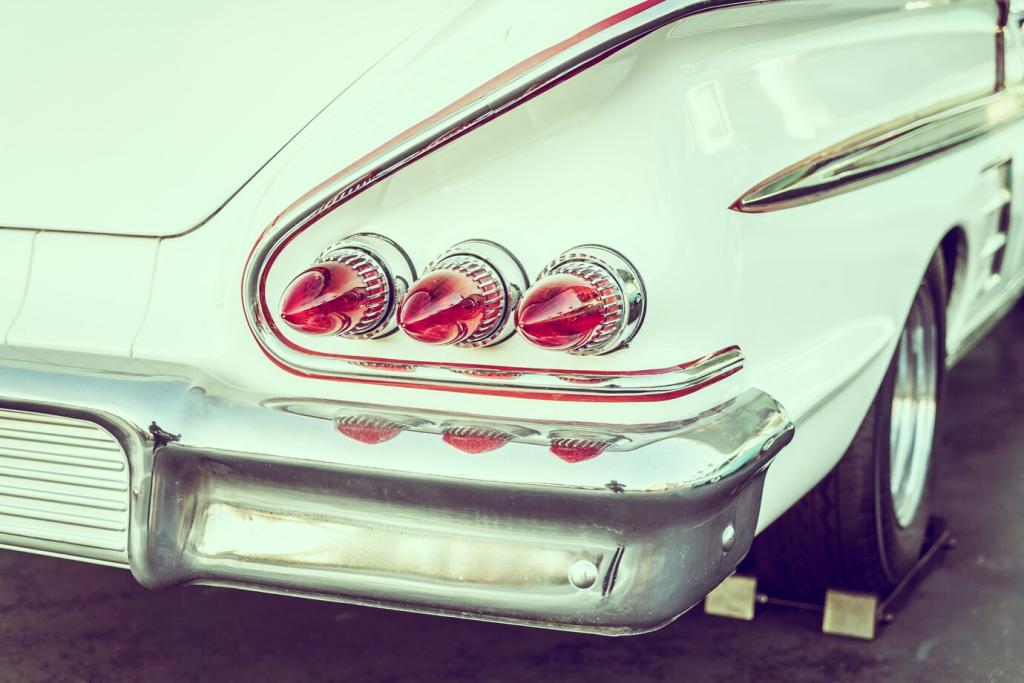Caring for and Displaying Vintage Toys
Vintage toys are more than just playful relics—they are cherished treasures that connect us to the past, evoke nostalgia, and can even become valuable collectibles. Taking proper care of these toys ensures their longevity and safekeeping for future generations, while thoughtful display preserves their beauty and sparks conversations. This guide explores essential principles and practices for maintaining, displaying, and enjoying your cherished vintage toy collection.
Understanding Environmental Risks
Vintage toys are often susceptible to environmental threats like sunlight, moisture, and extreme temperatures. Direct sunlight can cause colors to fade and plastic to become brittle, while high humidity may encourage mold or rust, particularly in toys with metal components. It is vital to store your collection in a climate-controlled environment that maintains a steady, moderate temperature and relative humidity. Avoid storing toys in attics or basements, where fluctuations are common and environmental control is difficult. Using dense curtains or UV-protective film on windows helps minimize exposure to harmful light.
Safe Handling Techniques
Physical handling plays a crucial role in the preservation of vintage toys. Grease, sweat, and dirt from hands can stain delicate surfaces or deteriorate vintage paint finishes. Whenever possible, handle toys only when necessary, and always with freshly washed hands or cotton gloves. Be mindful of fragile parts, such as thin plastic arms or painted decals, and avoid rough movements that could snap or dislodge these features. Provide support to the entire structure rather than just gripping by extremities to prevent breakage or stress to glue and joints.
Cleaning Without Damage
Over time, dust and grime can collect on display toys, dulling their appearance or even causing deterioration. Cleaning vintage toys requires careful attention to detail and a gentle touch. Use a soft, anti-static brush or microfiber cloth to remove surface dust, being cautious around any stickers, paint, or decals. For more stubborn dirt, consider using a barely damp cloth with distilled water, and always spot-test on an inconspicuous area first. Never use harsh chemicals or household cleaners, as these can easily strip paint, cloud plastics, or leave behind damaging residues.
Previous slide
Next slide

Displaying Your Collection
Selecting the right place to display your vintage toys is vital to their preservation. Choose a spot away from direct sunlight to prevent fading and material breakdown; north-facing rooms or dimly lit areas are often best. Consider the room’s average temperature and humidity, ensuring it remains stable throughout the year. Avoid high-traffic zones where accidents are more likely, and keep toys away from vents or windows that might expose them to drafts, dust, or unexpected weather changes.


Assessing Restoration Needs
Before attempting any restoration, it’s essential to thoroughly evaluate the toy’s current condition and the extent of wear or damage. Check for faded paint, torn decals, missing pieces, or areas of corrosion. Determine whether simple cleaning, minor touch-ups, or more significant repairs are required. In the case of particularly valuable or rare toys, carefully consider whether restoration might affect their collectability or reduce their market value. Documenting the toy’s appearance before working on it can also help keep a record and guide restoration efforts.

DIY Repair Techniques
For minor fixes, many collectors choose to perform repairs themselves. Simple actions such as reattaching loose limbs, gluing minor cracks with archival-safe adhesives, or applying gentle color touch-ups can restore a toy’s integrity. Always use materials that do not cause further damage or react with original surfaces—acid-free glues and archival pigments are best. Spare parts for common toys might be found online or through collector networks. However, always proceed with caution, testing every product before full application and stopping at any sign of negative reaction.

When to Seek Professional Help
Some restoration projects are best left to professionals, especially if the toy is highly valuable, particularly fragile, or complex in its construction. Expert restorers use specialized techniques to address intricate problems like repainting faded details, replacing rare parts, or restoring fragile fabrics. They also have access to proper archival materials, ensuring longevity and historical integrity. Seeking professional help can guarantee the best outcome for invaluable items while preserving their authenticity and potential worth in the eyes of collectors.
